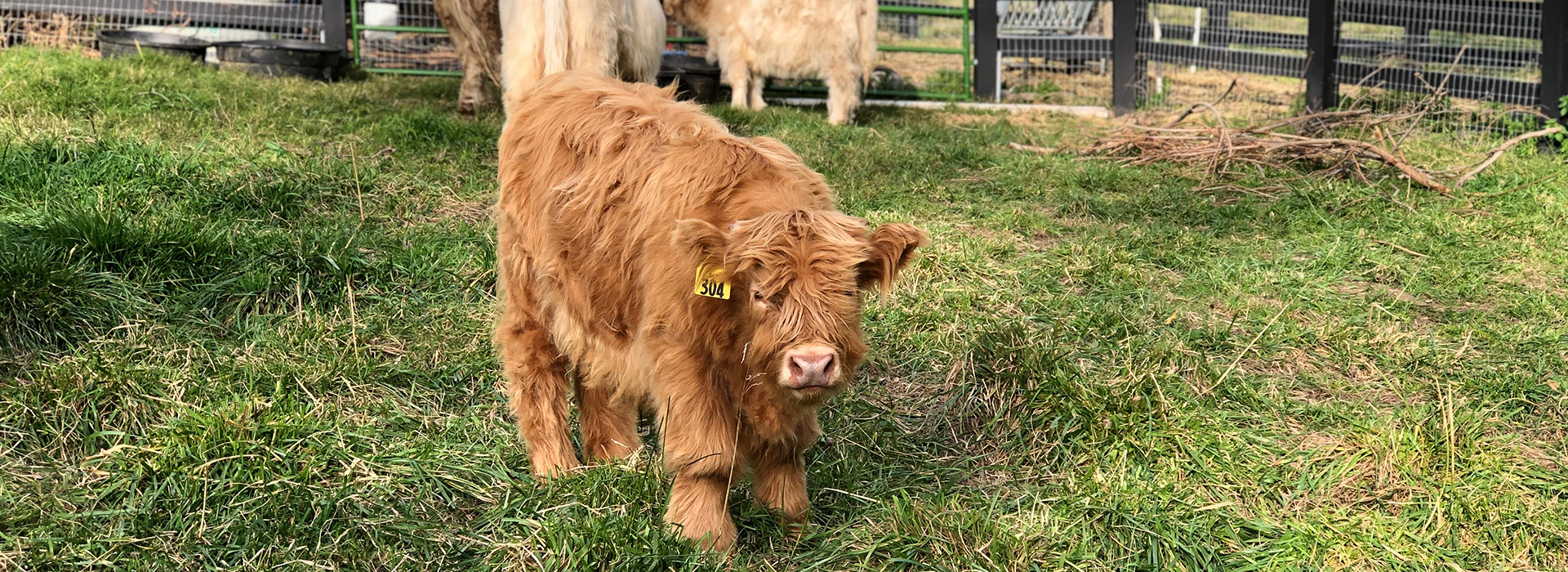The Good Earth
By Elizabeth Whitlow

Elizabeth Whitlow wants outdoor brands to sign up for a certification that can help fight climate change and create better working conditions.
As the executive director of the Regenerative Organic Alliance (ROA), Elizabeth Whitlow is on a mission to make it easier for consumers to buy food and apparel that has been grown according to more sustainable regenerative organic agriculture, a practice that can help slow climate change. Outdoor brands including Patagonia and Dr. Bronners have gotten behind the effort, along with the Rodale Institute, which also serves on ROAs board. Through Regenerative Organic Certification, the group has made it easier for outdoor brands to get on board and convey this important message to consumers. Whitlow, who will be speaking at Winter Market in November, took the time to explain how it works and why it’s so important.
What is Regenerative Organic Certification?
Regenerative Organic Certification is an all-encompassing certification that includes three pillars: animal welfare, soil health, and social fairness. It’s a very high-bar, holistic standard that includes many different concerns that consumers share. Having the one certification makes it easier for consumers so that they don’t always have to shop for different labels.
What makes it “regenerative”?
Regenerative has become quite the buzzword. You hear it in impact investment, and you hear it in economics. When we talk about it in relation to agriculture, it refers to a system that regenerates the soil. In conventional, chemical farming they use NPK (nitrogen, phosphorus, potassium) all the time, then add in fertilizer products that are mined and sourced from far away.
Regenerative practices are different. They are about building healthy soil and using compost and natural methods—age-old farming methods in some ways—where you keep the soil covered so that you don’t have problems with erosion, and you use things like nitrogen-fixing crops. Any type of legume fixes nitrogen, kind of magically right out of the air and down into the soil into these little nodules that get built out on the roots. So you don’t have to purchase a fertilizer product that’s high in nitrogen.
Regenerative agriculture is one of the most promising methods of sequestering carbon, slowing climate change. And it has many other benefits, including healthier food and healthier fibers for people who may not want to be exposed to the kind of chemicals and antibiotics and GMOs that are in a lot of conventional foods and livestock products.
Why should outdoor brands be interested and how can they get involved?
First, they should just learn about what our program is and look at it through the lens of their own supply chains. Testing it out with some aspect of the supply chain would be really beneficial for a lot of companies—many are doing that right now. They can also help to educate consumers about the fact that their clothes are grown. People who may not always connect that the fiber they’re wearing comes from the very earth that they love. We’re building an allies’ program right now and talking to several different companies to help support us in developing education programs or helping offset the cost of soil sampling that’s required for these producers.